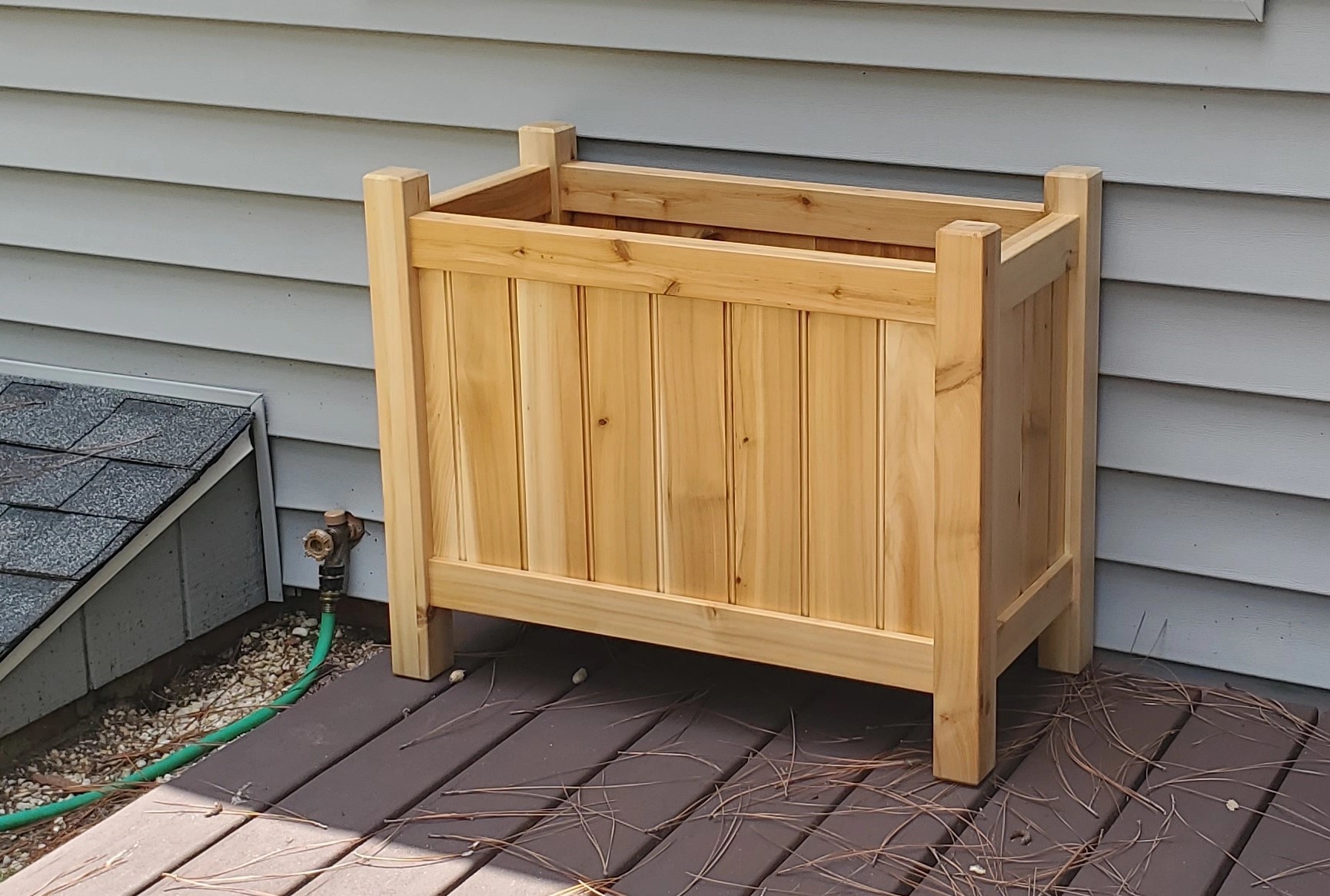I have very very old power tools. I cannot afford new ones. The problem is, if I’m being totally honest, I’m largely afraid of the tools I have. I’d like to get over this. How does one do that without direct supervision?
More info: I inherited tools from my parents and grandparents. Things I could afford to replace, like drills and drivers, I did. What I have left are big bladed things (chop saw, table saw, tile saw, etc. no lathe sadly :( ) None of the users of these specific tools are still alive. They are all probably 30+ years old, and work fine, probably, but… are just super intimidating (tho my grandfather had a lot of pre-electrification manual tools and I love those - So nice to take a manual plane to a solid door and end up with something that closes properly!). Some of them have plugs that screw together so you can repair them and everything (those I probably won’t use, absolutely terrifying if you fuck up). I’m mid 30s so I remember most of these things being used but I also remember the table saw I have in my garage taking off half my step-dads thumb…
I know power tools today are built to be a lot safer, but I definitely can’t afford those (I wouldn’t even be able to afford these but they were free for me), and I don’t know anyone with power tool skills (last learning I got was in hs shop class almost 20 years back) so how do I get comfortable with them enough to actually use them for the little projects I need them for? I don’t live in a big metro area, so there aren’t clubs afaik.


I’ve been through this so I know how you feel. Here’s what I did with an old router table I inherited. I knew nothing about router tables at all when I got it. I didn’t even know how to set it up or use it. First I watched a safety video about it, and then a longer one about setting it up for use. I got my hands on it and became familiar with the parts while watching the videos. Then once I was aware of how the parts worked together I did a very careful test cut. It worked! And now I had just enough understanding to know which parts I needed, which parts were for safety, and I could now see potential problems like if something is too rusty or not spinning smooth.
Just take it one step at a time is all I’m trying to impress on you. It’s not rocket science- you will figure it out. I’m sure you can still find replacement parts for anything broken or sharpen things or lubricate them.
Thank you for this. I’m sure replacement parts for some of it are still around, and I know they take standard modern blades, so that’s a good start. I have to assume there should be some sort of identification label somewhere on any power tool, right? Especially older ones built more to last? Cuz I’m not even sure what tools I have, or what sizes they take/need.
I suppose I sort of used that strategy to learn to use the embroidery sewing machine I inherited as well. It’s way overkill for basic repairs, but you have to know how to use it to use it for the basics, so that makes sense. I tried to skip from “how to thread the machine” to pick a stitch and fix a thing, and I had a bad time because I didn’t know what I needed to know. And I probably want to avoid that kind of mistake this time. Higher stakes and all.